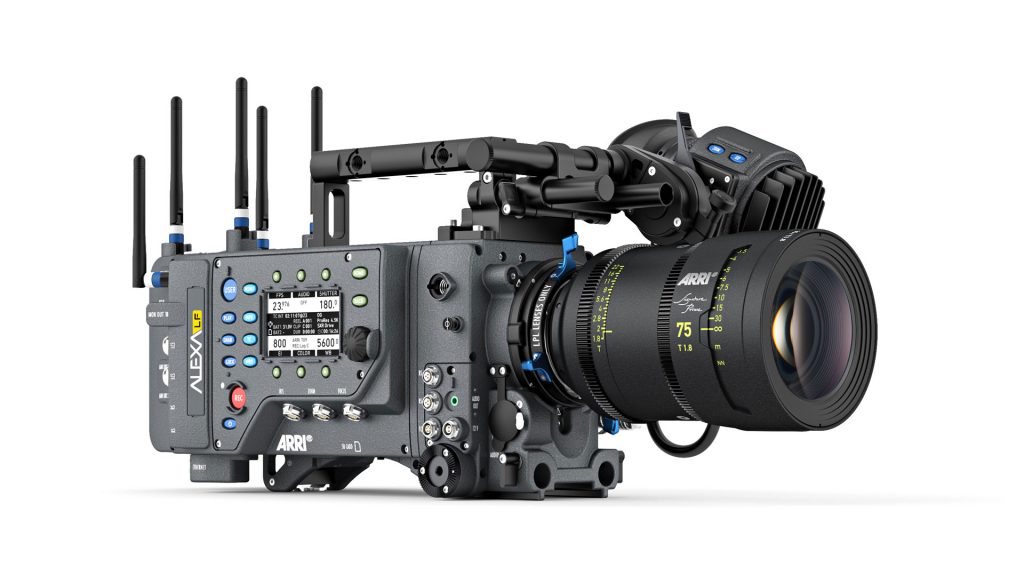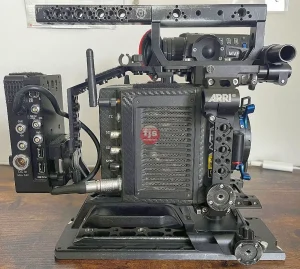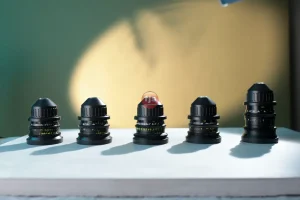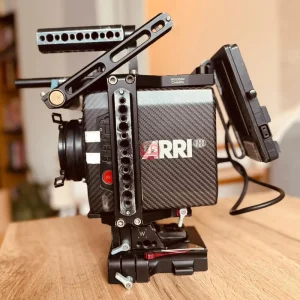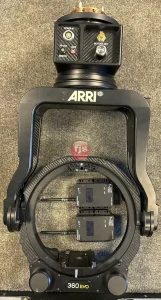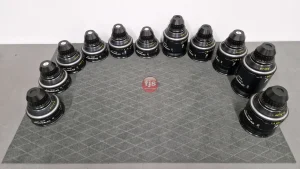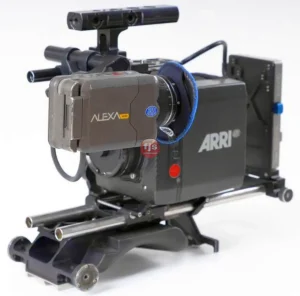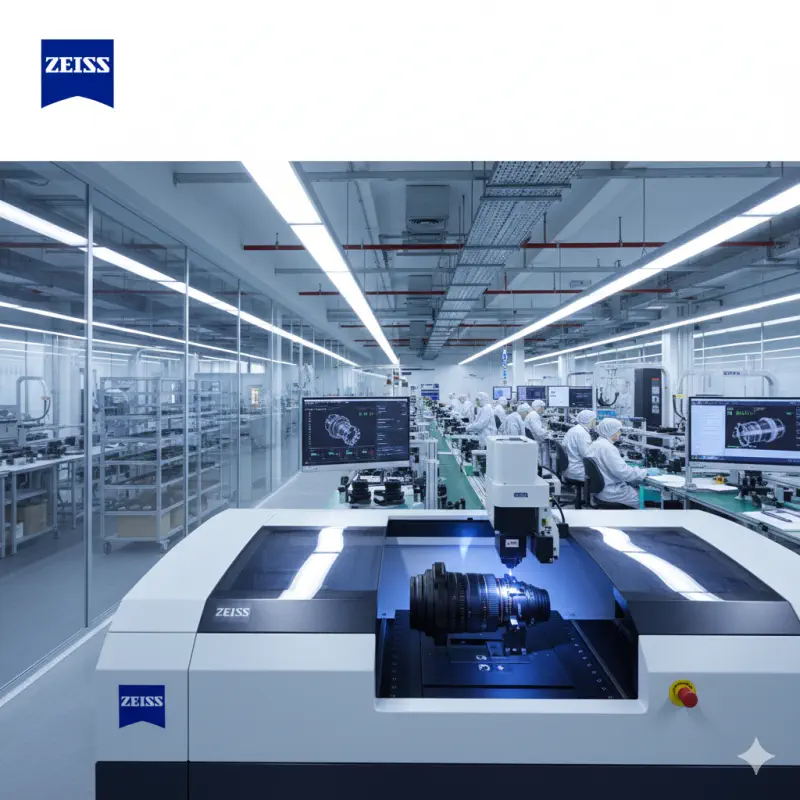
ZEISS is renowned for optical excellence. But how does this global powerhouse maintain consistent, stringent quality control across its diverse international manufacturing sites? This article explores ZEISS’s comprehensive strategy for ensuring unparalleled precision.
Key Features and Benefits of ZEISS’s Global Quality Control
- Standardized Global Protocols: ZEISS implements a unified set of quality management protocols and standards across all its manufacturing facilities worldwide, irrespective of geographical location (e.g., Germany, China, USA). These protocols are often based on international standards like ISO 9001 but are further refined with proprietary ZEISS specifications that exceed generic requirements, ensuring a consistent baseline for quality.
- Integrated Digital Metrology Systems: A cornerstone of ZEISS’s quality control is its advanced metrology. ZEISS utilizes its own cutting-edge industrial metrology equipment and software in its production lines. This includes high-precision coordinate measuring machines (CMMs), optical measuring systems, and sophisticated surface profilers. These systems are often networked, allowing for real-time data acquisition, analysis, and immediate feedback for process adjustments across different sites.
- Vertical Integration and In-house Expertise: ZEISS maintains a high degree of vertical integration in many of its key product lines. This means that a significant portion of component manufacturing, from raw glass melting (for some optical divisions) to lens grinding, coating, and assembly, is conducted in-house. This allows for tighter control over every stage of the production process and the direct application of ZEISS’s specialized optical and mechanical engineering expertise.
- Advanced Material Science and Component Vetting: Quality control begins at the material selection stage. ZEISS rigorously vets all raw materials and third-party components to ensure they meet exact specifications. This involves detailed chemical analysis, mechanical property testing, and optical performance validation for every batch of incoming material, preventing defects from entering the production chain.
- Continuous Improvement and Employee Training: ZEISS fosters a culture of continuous improvement, often integrating Lean and Six Sigma methodologies into its manufacturing processes. This is coupled with extensive, standardized training programs for its global workforce. Technicians and engineers are cross-trained and regularly updated on the latest manufacturing techniques and quality assurance procedures, ensuring human expertise complements automated systems.
- Traceability and Batch Control: Every ZEISS product, from a microscopic lens element to a complete industrial metrology system, is subject to stringent traceability. Comprehensive documentation tracks components from their origin through every manufacturing step to final assembly and testing. This robust batch control system allows for precise identification and analysis in the event of any quality deviation.
Conclusion
ZEISS’s commitment to quality control is deeply embedded in its operational DNA, extending across its global manufacturing footprint. Through standardized protocols, advanced proprietary metrology, extensive vertical integration, meticulous material vetting, and a continuous improvement ethos, ZEISS consistently delivers products that embody optical and mechanical precision. This rigorous approach ensures that whether a product is made in Germany or elsewhere, it meets the exacting standards synonymous with the ZEISS brand.
Questions and Answers
Q1: What is ISO 9001 and how does it relate to ZEISS?
A: ISO 9001 is an international standard for quality management systems. ZEISS typically adheres to and often exceeds these standards in its quality protocols, providing a globally recognized framework for its quality operations.
Q2: What role does metrology play in ZEISS’s quality control?
A: Metrology, the science of measurement, is critical. ZEISS uses its own advanced industrial metrology equipment (like CMMs and optical scanners) to precisely measure components and assemblies, ensuring they meet exact design specifications.
Q3: Does ZEISS manufacture all its components in-house?
A: While ZEISS maintains a high degree of vertical integration for many key components, especially core optical elements, some specialized parts or standard components may be sourced from external, rigorously vetted suppliers.
Q4: How does ZEISS handle quality variations between different manufacturing sites?
A: ZEISS implements global standardization of processes, equipment, and training, along with centralized data analysis and feedback loops, to minimize and address any potential quality variations across its international sites.

